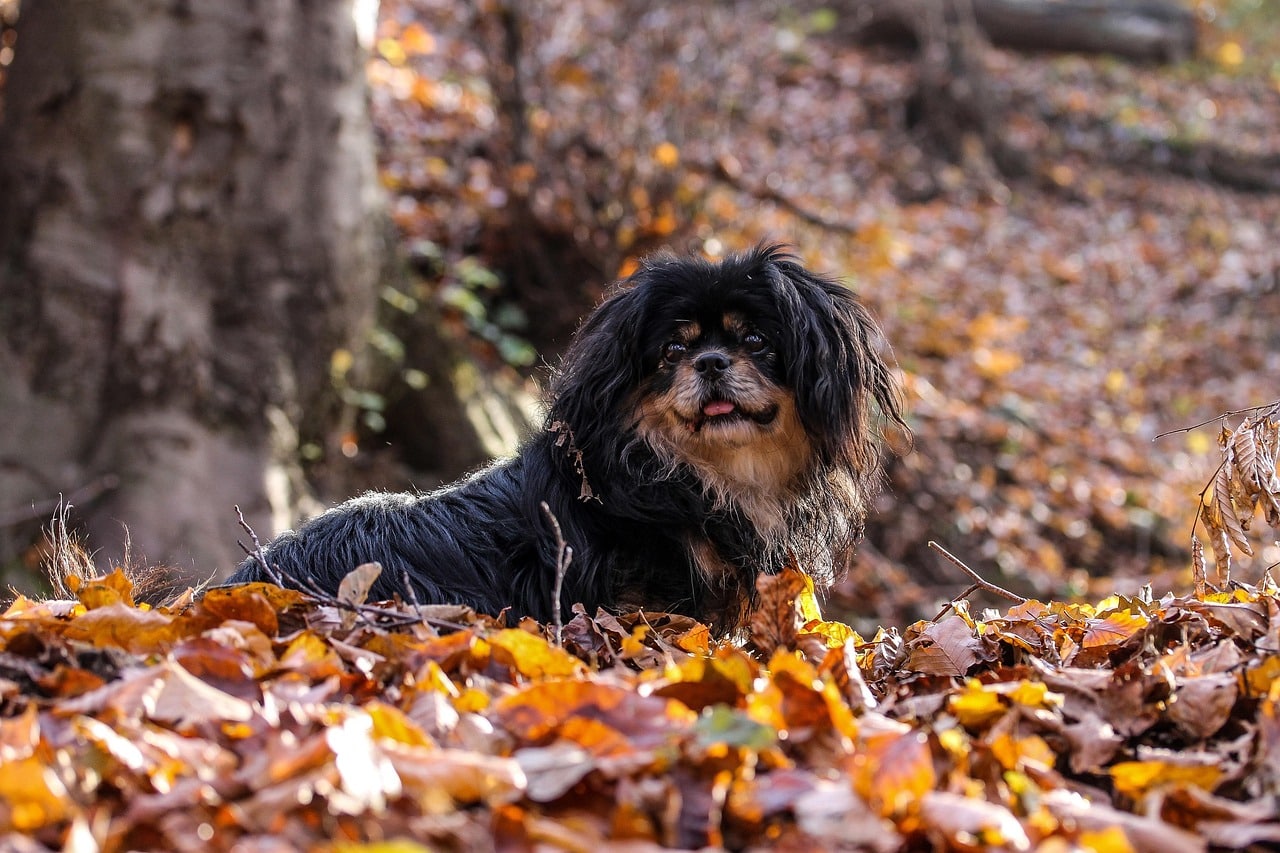 Shutterstock
Shutterstock
For centuries, royals, nobles, and aristocrats have been obsessed with surrounding themselves with the finest things in life—gold, jewels, castles, and of course, dogs. But not just any dogs. These were canines with poise, elegance, and enough attitude to match a monarch’s crown. From regal lap warmers to fearless guardians of palaces, these breeds didn’t just hang around nobles—they were nobility in their own right. Their bloodlines were carefully preserved, admired, and in some cases, more protected than the royal family tree.
Afghan Hound
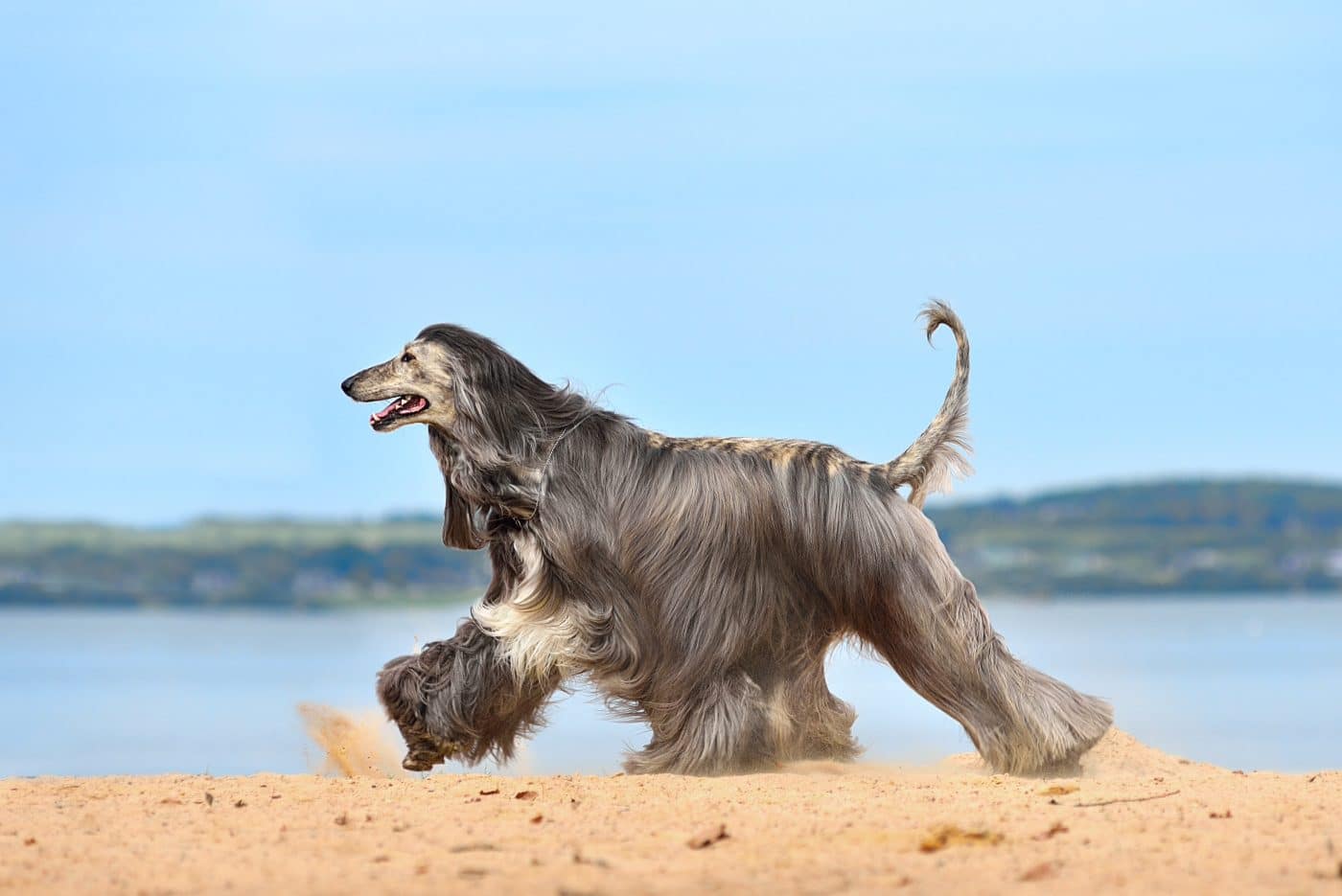 Shutterstock
Shutterstock
With a flowing coat that looks like it’s been blown out by a team of stylists, the Afghan Hound is a breed that practically floats with grace. Originating in the mountains of Afghanistan, these dogs were once considered treasures by nobility and royalty alike. Their aloof demeanor, combined with their aristocratic looks, made them status symbols in high society. They were used for hunting by royals, but honestly, they looked like they should have been sipping tea instead. Today, they still walk into rooms like they own the deed to the estate.
Cavalier King Charles Spaniel
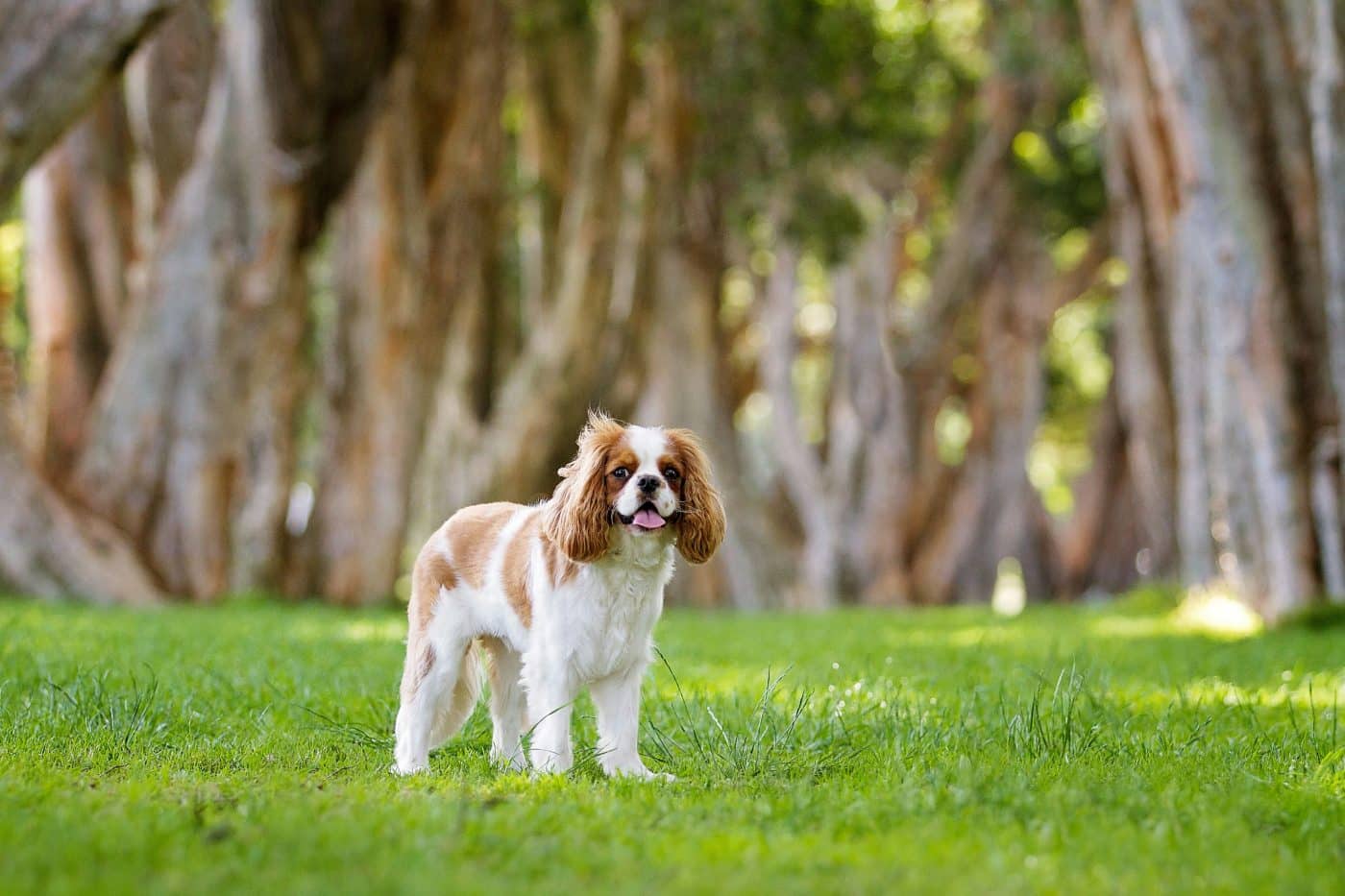 Shutterstock
Shutterstock
The Cavalier King Charles Spaniel isn’t just a dog with a fancy name—it’s named after actual royalty. King Charles II of England adored these little spaniels so much, he was rarely seen without one. These dogs were fixtures in royal courts, often perched on silk cushions or warming royal laps by the fireplace. Their expressive eyes and flowing ears made them popular in portraits and gossip alike. Today, they remain little furry royals who expect VIP treatment and cuddles on demand.
Borzoi
 Shutterstock
Shutterstock
Once known as the Russian Wolfhound, the Borzoi was a staple in the courts of Russian nobility. These elegant sighthounds were bred by aristocrats to hunt wolves across snowy estates, yet they looked like living statues from classical art. Nobles admired their power and grace, often housing dozens of them as a sign of prestige. Despite their hunting capabilities, Borzois carried themselves with dignity and calmness. Even now, they have an air of mystery—as if they just escaped from a czar’s ballroom.
Pekingese
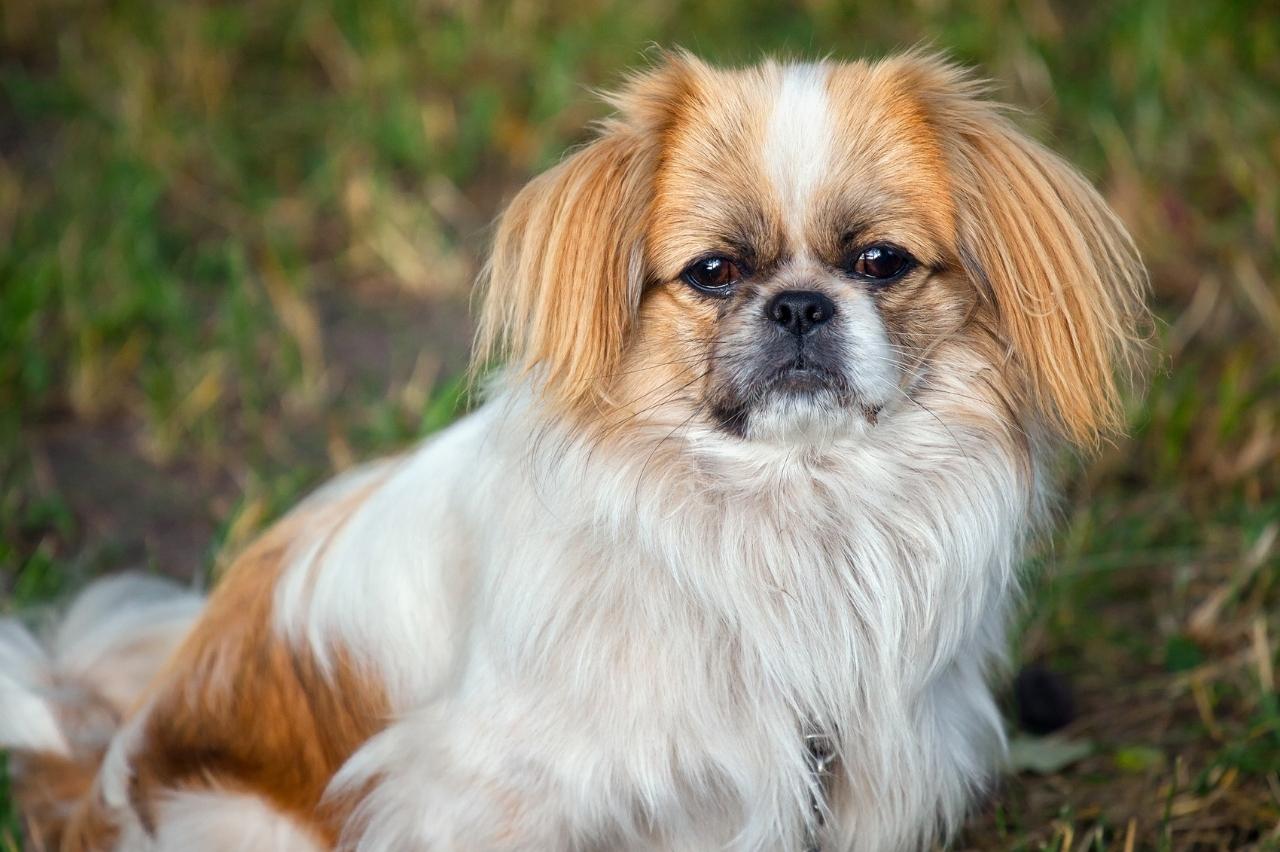 Shutterstock
Shutterstock
Pekingese were once so revered in ancient China that commoners were forbidden from owning them. Bred to resemble the mythical Chinese lion, these tiny dogs lived exclusively in the Forbidden City and were considered sacred by Chinese emperors. They were pampered, protected, and practically worshipped. Even their strut suggests they’re aware of their ancestral divine status. Today’s Pekingese still act like they’re part deity, part diva, and we just live to serve them.
Saluki
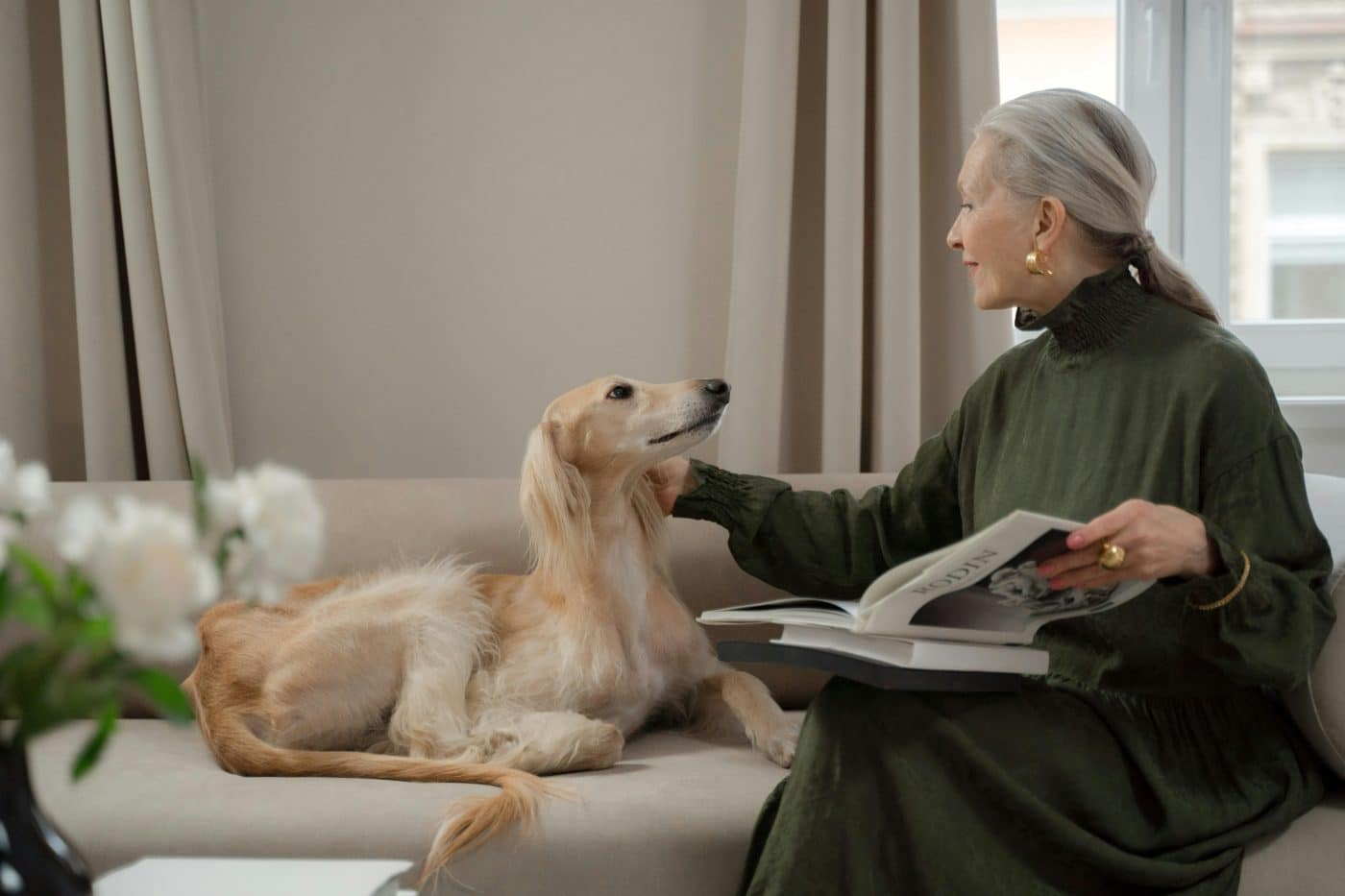 Shutterstock
Shutterstock
The Saluki is one of the oldest dog breeds known to man and was held in the highest regard by ancient Egyptian and Middle Eastern nobility. These sleek hunters were often mummified and buried with pharaohs—a pretty exclusive end-of-life package. Their beauty, speed, and loyalty made them beloved by kings and warriors alike. They’ve always exuded an otherworldly elegance that screams, “I come from royal stock.” Even in a dog park, a Saluki looks like they’re walking a royal runway.
Shih Tzu
 Shutterstock
Shutterstock
The Shih Tzu’s royal credentials are practically embroidered into its luxurious coat. Bred exclusively for Chinese emperors during the Ming and Qing dynasties, these dogs never knew a life outside palace walls. They were gifted between nobility, carried in sleeves, and expected to look adorable at all times—which they nailed. With their flowing coats and charming expressions, they became living ornaments for imperial courts. Today’s Shih Tzus haven’t forgotten their royal past and still expect to be treated accordingly—with treats and admiration.
Pharaoh Hound
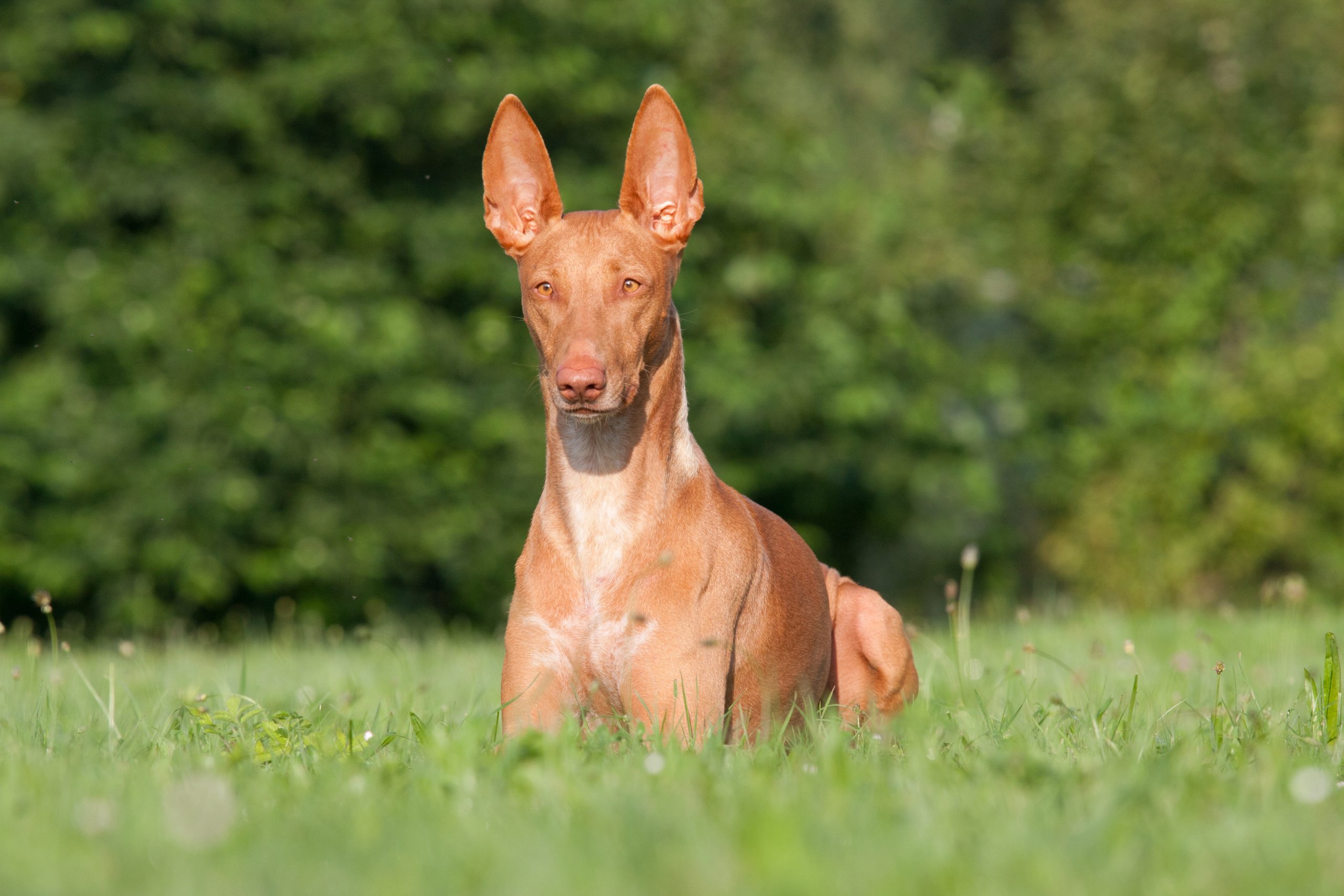 Shutterstock
Shutterstock
Despite the name, the Pharaoh Hound isn’t Egyptian by origin but has strong ties to ancient nobility, especially in Malta where it is the national dog. It shares striking similarities with dogs found in ancient Egyptian art, often associated with royalty and divine protection. Their regal stance, amber eyes, and sleek build make them look like they belong in a temple or beside a throne. Maltese nobility prized them for hunting and their mystique. Today, they retain their ancient charisma—and a suspiciously smug smile that suggests they know more than we do.
Lhasa Apso
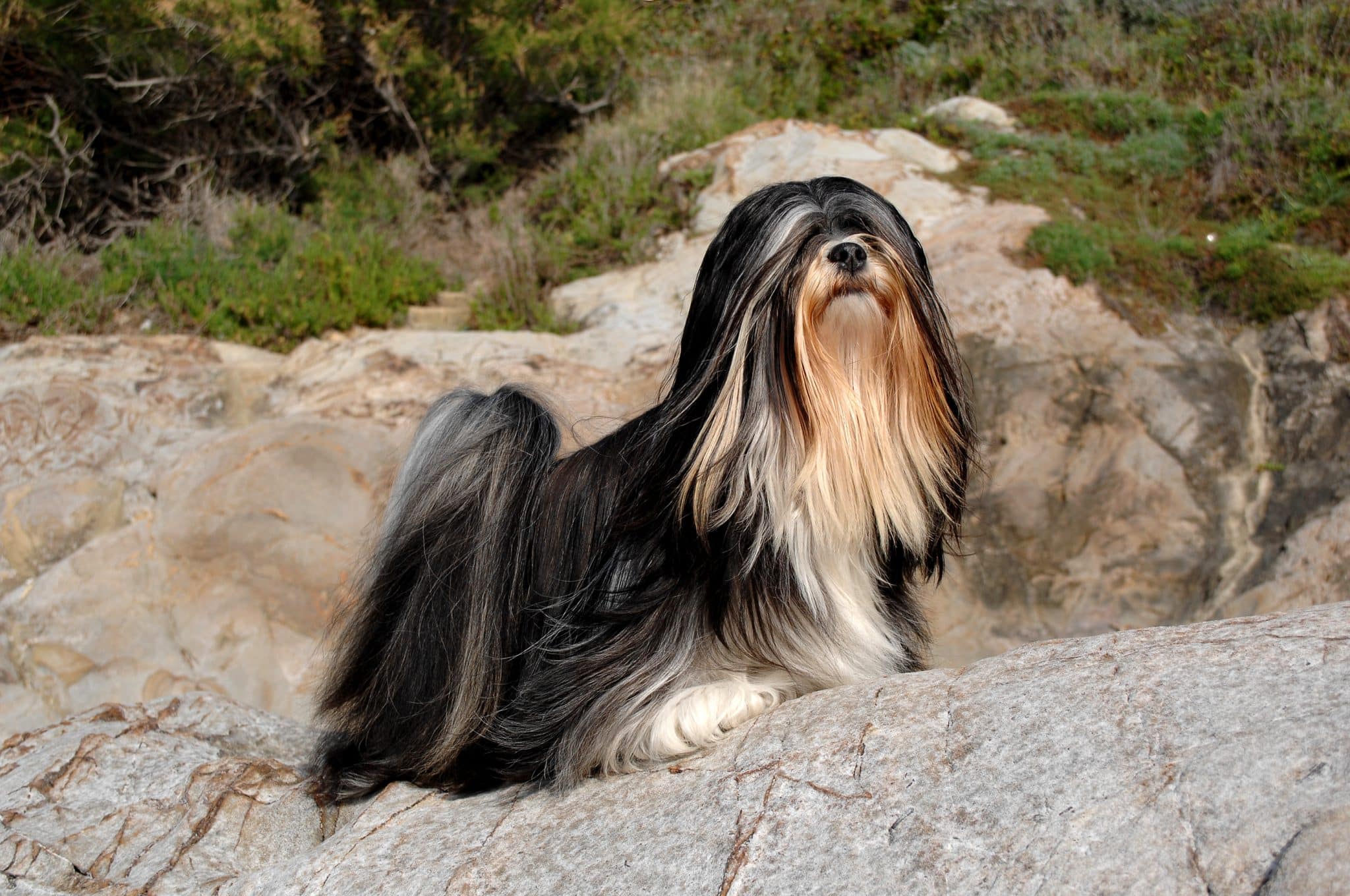 Shutterstock
Shutterstock
The Lhasa Apso hails from the Tibetan mountains, where it served as a sentinel in royal palaces and Buddhist monasteries. These small dogs were never sold—only gifted to dignitaries as a sign of great honor. Their alertness and intelligence made them more than just palace pets; they were miniature guardians of sacred spaces. Their thick coats helped them survive the cold, and their dignified attitude made them ideal for royal companionship. Even now, they act like they’re guarding something sacred—your snacks, most likely.
Irish Wolfhound
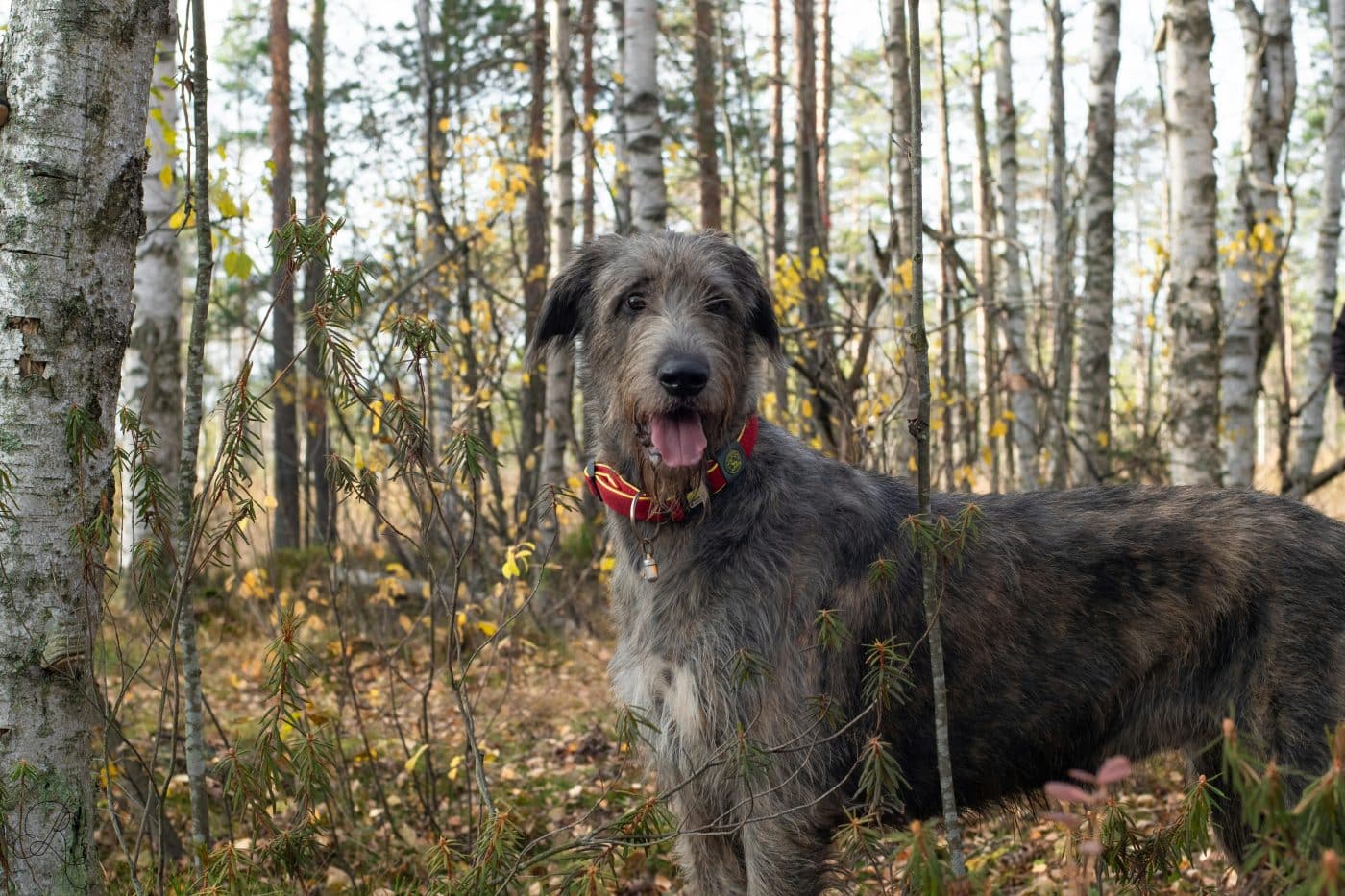 Shutterstock
Shutterstock
Standing tall and proud, the Irish Wolfhound was bred by Irish nobility to hunt wolves and defend territory. These massive dogs were often gifted to kings and warriors and were considered a symbol of power and bravery. They were gentle giants, equally capable of crushing enemies or snoozing by the hearth. Their presence in royal courts signified nobility and strength. Today, they still carry that quiet majesty, like a giant in a tuxedo who just wants to cuddle.
Tibetan Spaniel
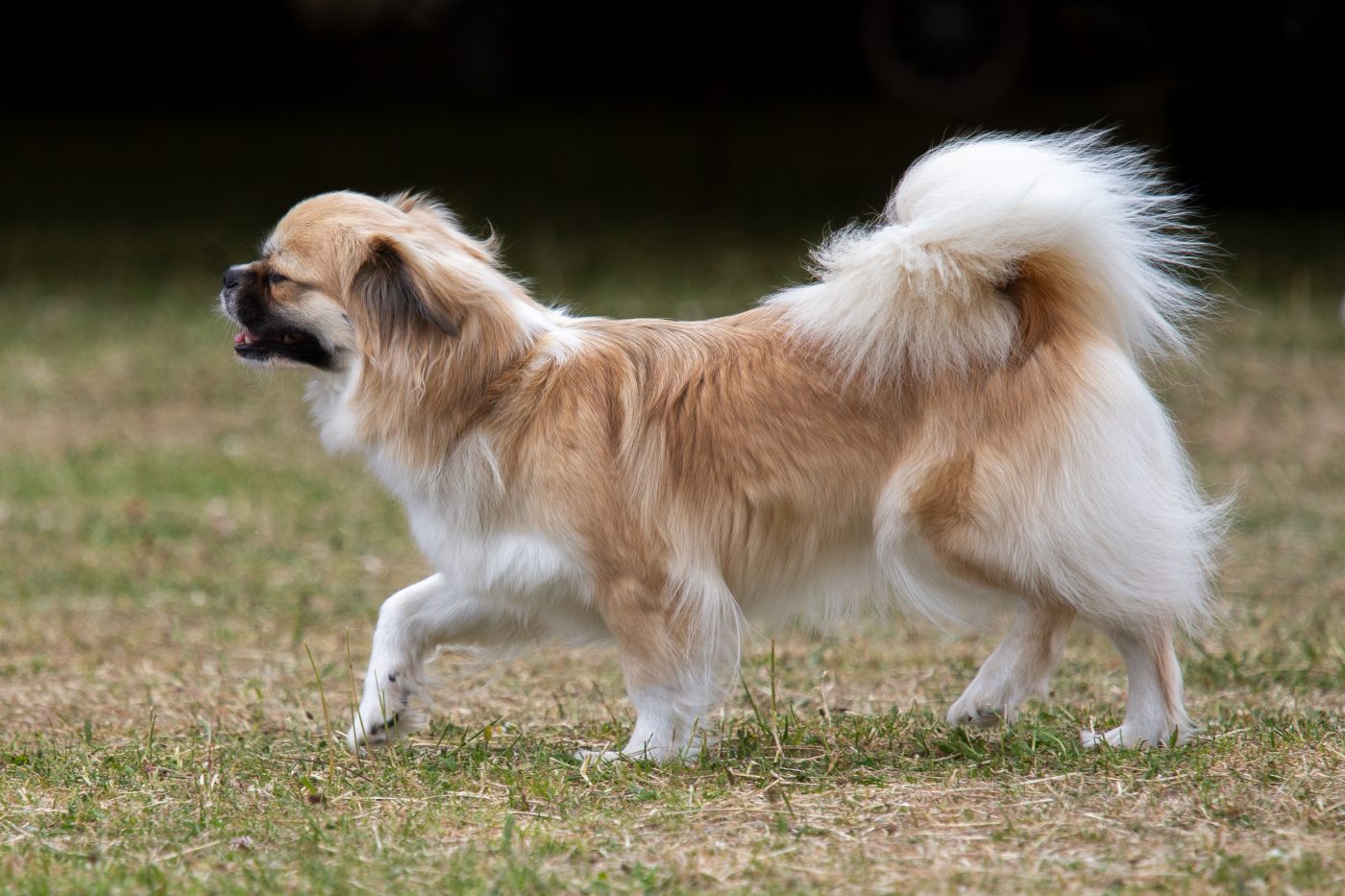 Shutterstock
Shutterstock
Another royal darling from the Tibetan region, the Tibetan Spaniel was a favorite of monks and nobility for centuries. These clever dogs would perch on palace walls, alerting residents to visitors and looking fabulous while doing it. They were believed to bring luck and spiritual protection, making them both adorable and holy. Royal families treasured them for their loyalty, charm, and manageable size. Even today, Tibetan Spaniels seem to know they’re special—especially when reclining like royalty on your sofa cushions.
Great Pyrenees
 Shutterstock
Shutterstock
The Great Pyrenees served as both guardian and companion to French nobility, particularly in the Pyrenean mountains. These majestic dogs protected flocks by night and lounged in castles by day, often wearing ornate collars to match their surroundings. Their strength and calm demeanor made them symbols of protection and grace. They were so beloved that King Louis XIV declared them the Royal Dog of France. Today, they still strut around like they own several acres and a vineyard.
Japanese Chin
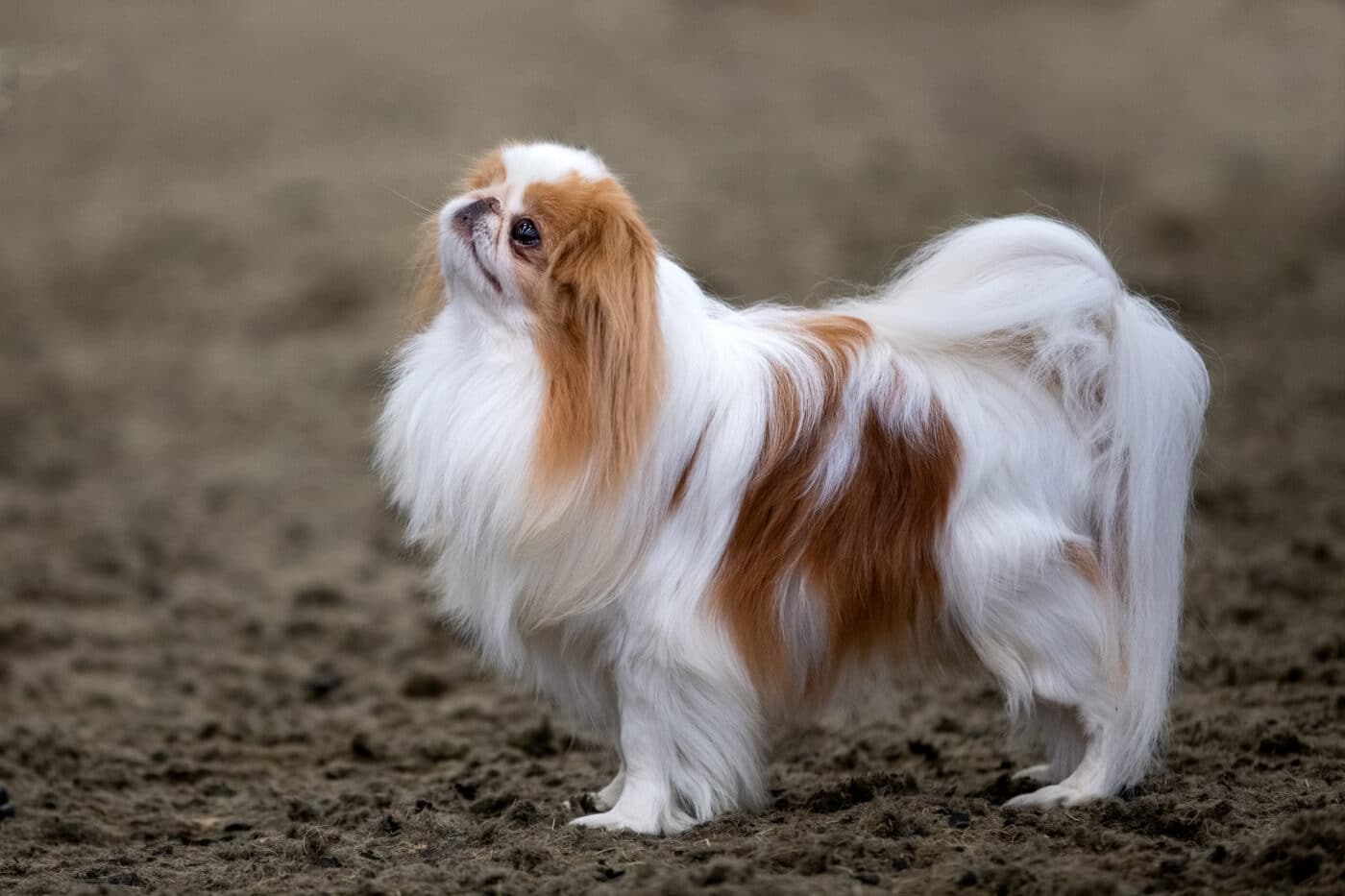 Shutterstock
Shutterstock
Small, delicate, and impossibly poised, the Japanese Chin was a favorite of Japanese and Chinese aristocracy. Bred to be elegant companions to emperors and ladies of the court, these dogs were often treated like tiny nobles themselves. They didn’t walk—they floated. They were carried in sleeves, fanned during naps, and generally revered as living art. Today, the Japanese Chin continues to charm with its graceful movements and serene personality, as if plotting to reclaim a throne you didn’t know you lost.
Basenji
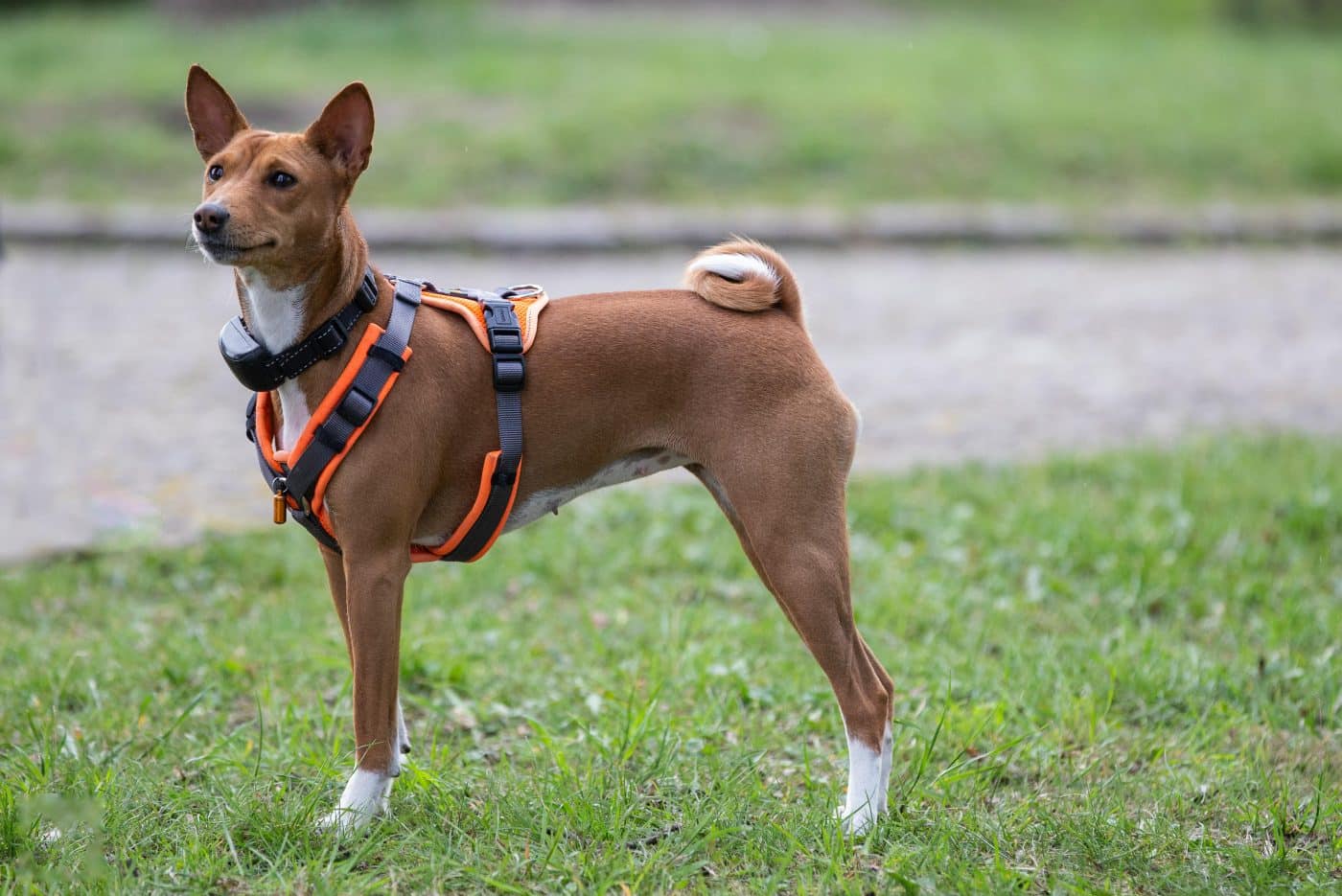 Shutterstock
Shutterstock
Originating in Central Africa, the Basenji was considered a royal gift among pharaohs and noble leaders. Their barkless nature and refined demeanor made them highly sought after by ancient rulers. Basenjis were known for their intelligence, agility, and elegance, often presented as tributes between leaders. Their clean habits and poised movements made them ideal for palace life. Even now, they hold themselves like they’ve got diplomatic immunity and a direct line to ancient secrets.
Long Live the Royal Fluff
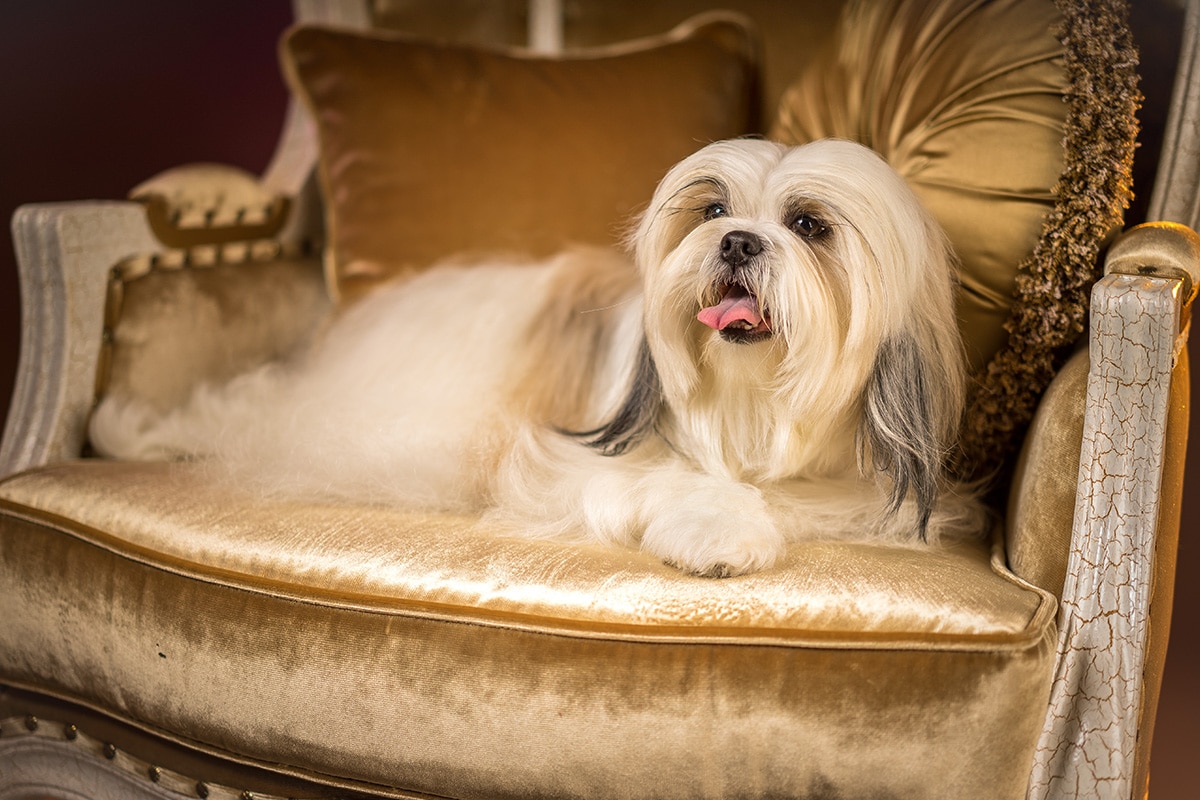 Shutterstock
Shutterstock
These breeds whose ancestors probably had better wardrobes than most of us and possibly their own crowns. From palace lap warmers to hunting legends, these pups weren’t just pets—they were icons, ambassadors, and furry little nobles who helped define what it meant to live in luxury. Today, they may be curled up on your couch or snacking on kibble, but deep down, they still remember a time when their ancestors ruled by paw decree. So give your regal furball a curtsy and a cookie—after all, nobility never goes out of style.

 17 hours ago
4
17 hours ago
4



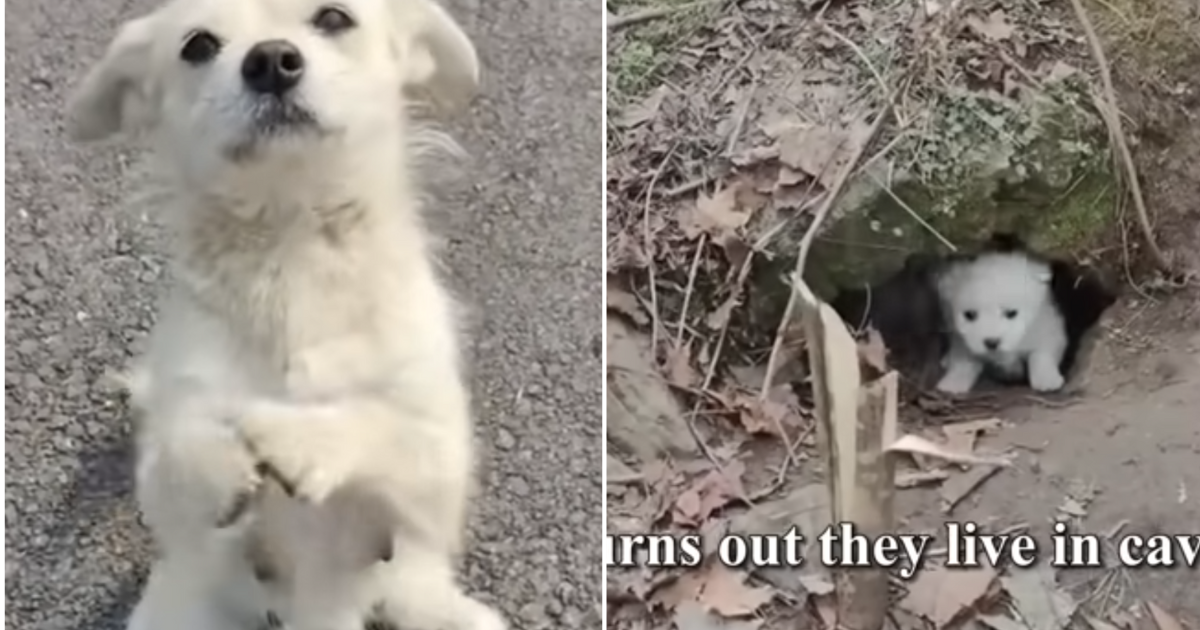

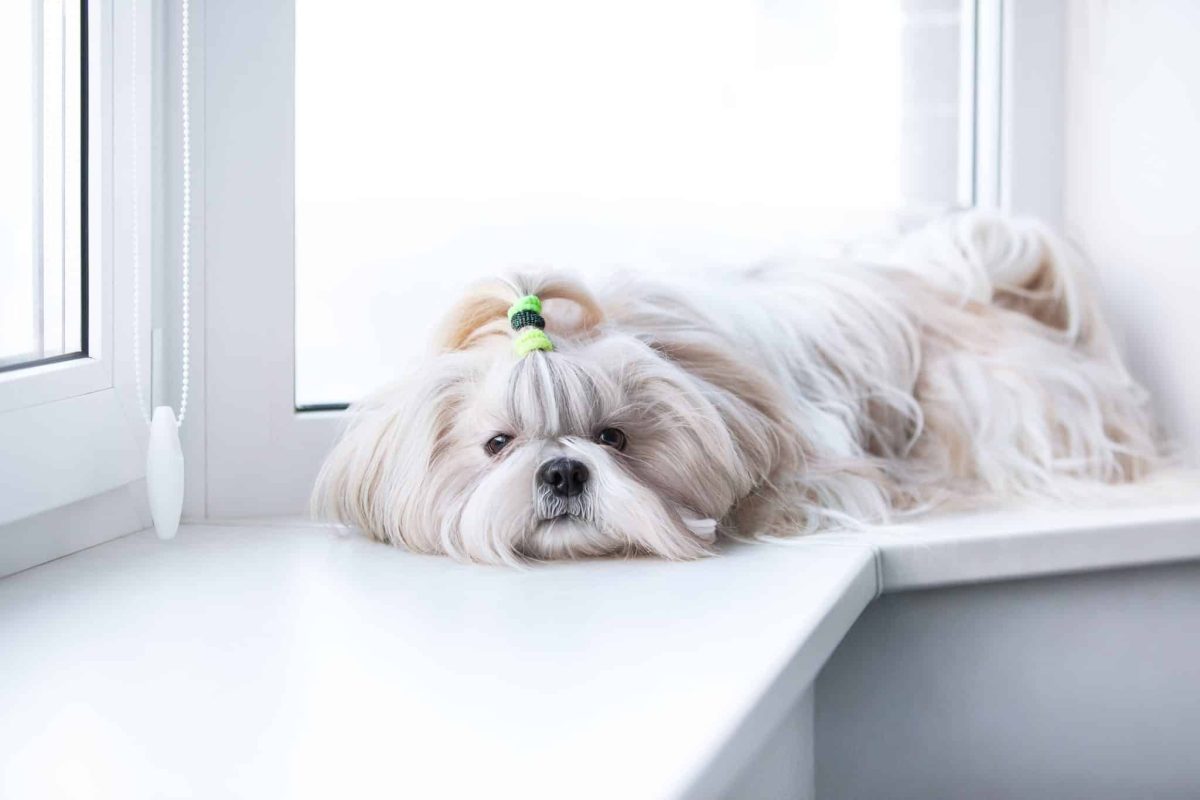


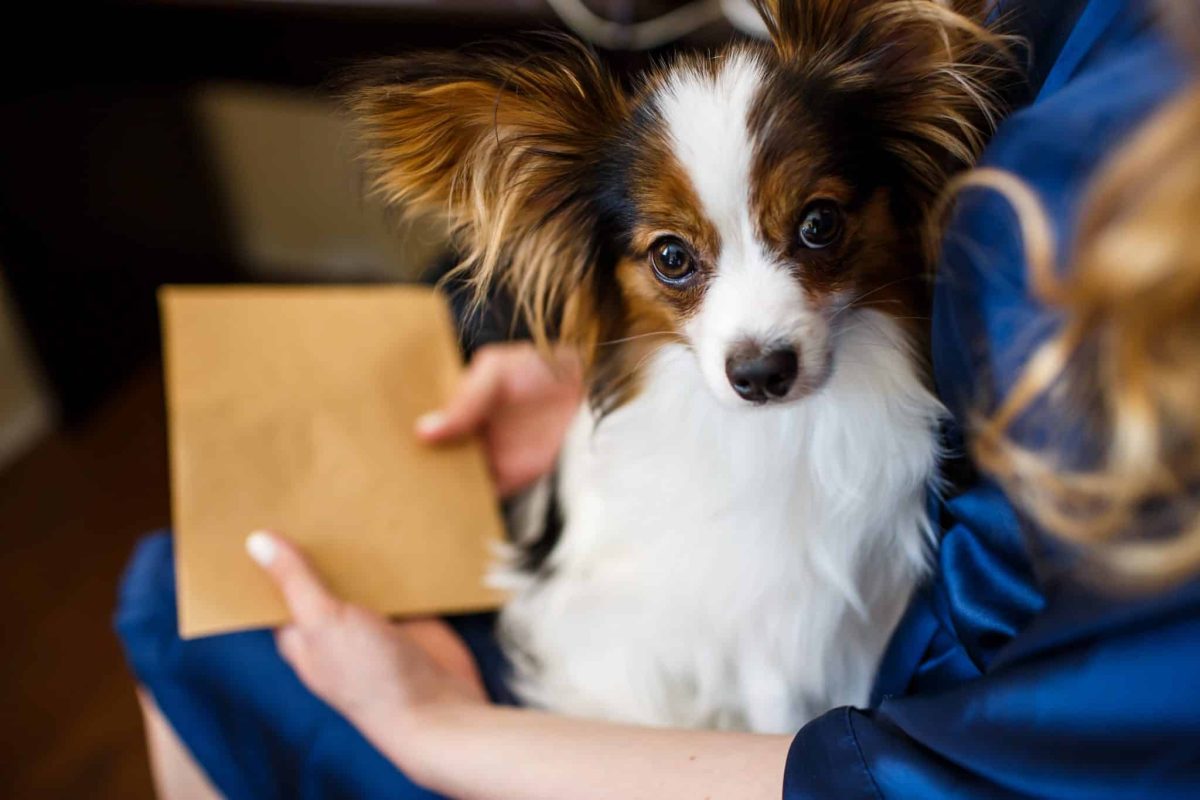









 English (US) ·
English (US) ·